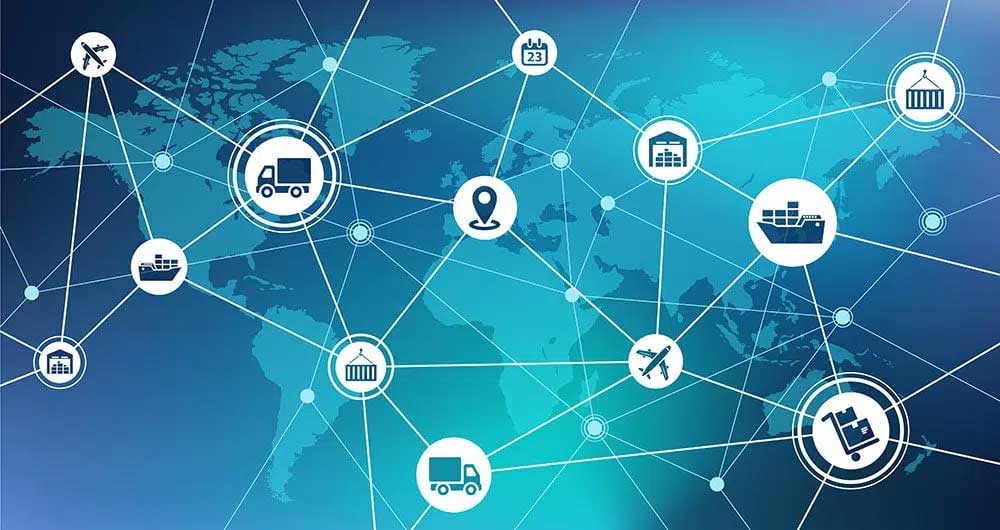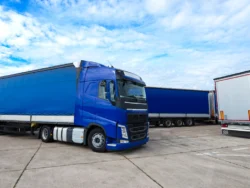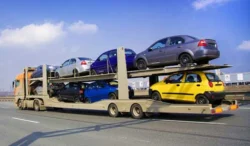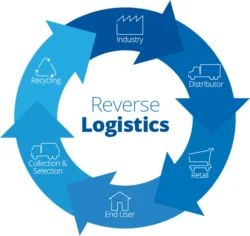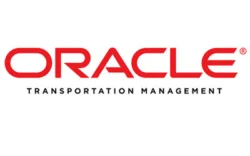In this blog, you’ll learn about the role of technology in improving the Last Mile Logistics system. Different technologies and their respective roles are mentioned here.
Introduction
Technology and upgrades have completely redefined standards of supply chain management. Last mile technology includes a range of technologies that streamline logistics operations, reduce costs and enhance the customer experience. The “Last Mile” begins when the order arrives at the transportation hub and ends when the product is delivered to the end consumer. Innovative ways, vehicles, and modes of transport have revolutionized last mile logistics. Mobile applications and printing machines have made it easier to supply products, and last mile delivery destinations help with delivery routes. The following technologies can offer infinite growth in supply chain processes.
The Best Last Mile Technologies
Listed below are some of the most revolutionary technologies that are playing a great role in facilitating last mile delivery.
1. Driverless vehicles
Without drivers, vehicles could reduce overhead costs with manned vehicle fleets. Driverless vehicles will reduce the need for several jobs and tasks which involve driving and also ease traffic congestion. The benefits of last-mile benefits of driverless vehicles are:
- 24/7 operations as they will not be confined to human labor and rotas and can deliver products during holidays and weekends.
- They provide a wide coverage area.
- Enhanced customer satisfaction can be achieved by reducing human errors and eradicating issues like routing errors, tardiness, and damaged products.
Although driverless technology could take a while to become a complete reality, it can change the landscape of traffic scenarios and manned vehicles and help with last mile logistics processes in a major way.
2. 3D Printing
3D printing has come a long way, and today one can print an array of goods and objects with the help of computer-controlled successive layering. Although there are many more milestones that are yet to be achieved in terms of stuff that could be produced with 3D printing, the technology can boost production and also reduce costs. The following categories of products are benefited:
- Non-perishable products made in factories, like pasta, crackers, etc, could be made with 3-D printers.
- Clothing can be revolutionized just like 3D printing has been implemented in athletic shoes, lingerie, and eyewear.
- 3D printing technology has helped in making experimental models for vehicles and aircraft.
3D printing can help in supply chain management and improve last mile logistics processes. It can help to produce things with reduced overhead costs. It could help in the regeneration of stock and also allow production on a need basis. The ability to produce auto components will help sellers to customize driverless vehicles to suit personal needs.
3. Drones
Drone technology can be really useful in last mile delivery processes. Drones are operated via inbuilt technology or ground control and can be helpful with airborne deliveries without the need for a human pilot. The compact structure will help it reach difficult locations and also help with product delivery in the following ways:
- Drones will help in quick deliveries, surpass traffic lights, fly over land, rivers, and oceans, and get from Point A to B easily.
- Drones can reach areas where even manned vehicles cannot reach and deliver straight to the doorstep, especially in hilly areas.
- Drones reduce costs with their size and usability. It does not need drivers, trucks, and other associated costs.
Drones are free from the confines of manned vehicles and help companies to reduce costs, improve delivery times and improve customer satisfaction.
4. Augmented Reality
Maps or photographs have limitations and can only reveal information up to a certain point. The augmented-reality application can offer a wider range and detail in terms of features, dimensions, and aspects of a delivery point. With the augmented-reality software, logistics and delivery teams can benefit from last mile delivery:
- Augmented reality applications offer detailed information about features in a street picture, like names of buildings and monuments.
- Augmented reality applications help to offer several dimensions, like clicking on finer things in an image.
- Augmented reality applications can also offer sensory features that could help drivers pick up finer details like sounds and smell along the delivery route.
Conclusion
With last mile technology, businesses can improve their supply chain process. It goes without saying that it will reduce cost, improve efficiency, increase customer satisfaction and eventually help in footfall and growth of the business. Above all, it will help businesses gain a competitive advantage in a constantly evolving and changing market. Right from the time a consumer clicks on “Buy” for almost anything, the last-mile delivery process kicks in. Although it is probably the shortest aspect of the journey of a product, it still accounts for 50% of the costs. Companies looking at reducing costs and improving sales are looking at technologies that make the last mile more productive to leverage its benefits.
